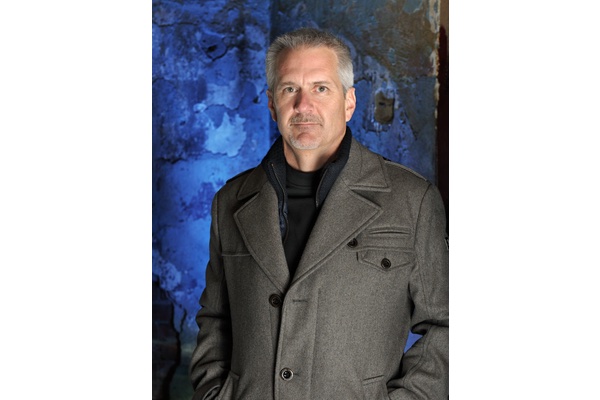A Special Feature Series: See Part 1 and Part 2.
Writing craft books and writing teachers will tell you that readers read for character. Indeed, the cornerstone of literary fiction is the complex character study. At a minimum, even the most surface-dwelling, plot-driven genre novel needs engaging characters to carry the story. These characters are not expected to confront deep emotional issues or transcend their past in complex ways, but they must be plausible components of the plot, and we need to like them enough to care whether they survive the challenges of the story. How do we take character development further along the spectrum, away from the stereotype and toward the complex? What constitutes a complex, multilayered character? Again, let’s turn to Burroway:
Conflict is at the core of character as it is of plot. If plot begins with trouble, then character begins with a person in trouble; and trouble most dramatically occurs because we all have traits, tendencies, and desires that are at war, not simply with the world and other people, but with other of our own traits, tendencies, and desires.
Complexity invites conflict. Conflict makes change possible. But how do we create complexity? It has to do with dimensions. The more dimensions—traits, tendencies, and desires—a character has, the greater the complexity, and all this adds up to depth. To illustrate, let’s look at one of the most complex characters ever written for stage, page or screen: Tony Soprano.
What makes Tony complex? In the words of Robert McKee,** a well-developed protagonist will have a minimum of three dimensions. Tony Soprano has at least 12. At the core of Tony’s complexity is the contradiction between cruelty and conscience. At times he is a sociopathic killer who lacks a conscience and is incapable of feeling shame or remorse (most notably killing his good friend Salvatore “Big Pussy” Bonpensiero, and his own nephew Christopher Moltisanti). At other times, he has a guilty soul that torments him into panic attacks and drives him to see a psychiatrist. This profound dimension of sociopathic callousness, contradicted by guilty self-punishment, is like the trunk of a tree, and all of Tony’s other dimensions sprout off that trunk. He hates his mother, loves his mother. He hates his uncle Junior, loves his uncle Junior. He loves himself, and hates himself. Tony disdains the normal life of normal people, yet he envies the normal life of normal people. He’s proud of his son’s gentle nature, yet shamed by the boy’s weak-willed suicidal impulses. Hope and despair war within, as do loyalty and treachery. He loves his wife, yet betrays her with his many mistresses. He is logical, and emotional. Cool under pressure, but suffers panic attacks. He’s courageous when threatened by other gangsters, but worried sick about the possibility of a terrorist attack. He hates and kills people, but adores and protects little animals, and the list goes on and on.
Does Tony Soprano fit Burroway’s definition of a complex, multilayered character? Absolutely. Tony is at war, not simply with the world and other people, but with his own traits, tendencies, and desires. His complexity invites conflict, and it is the extraordinary depths to which his conflicts reach—internally and externally—that make him a shining example of Depth of Character.
This is a small part (heavily paraphrased, I should add) of a larger discussion on character development found on Mr. McKee’s writer’s practicum, Storylogue. For more about Robert McKee’s practicum, books, and seminars, visit my blog post on the topic. If you are a writer, be sure to take a look, and at the very least read his book. IMHO, nobody does a better job of unifying story and character.
By author Richard Van Anderson of rvananderson.com

